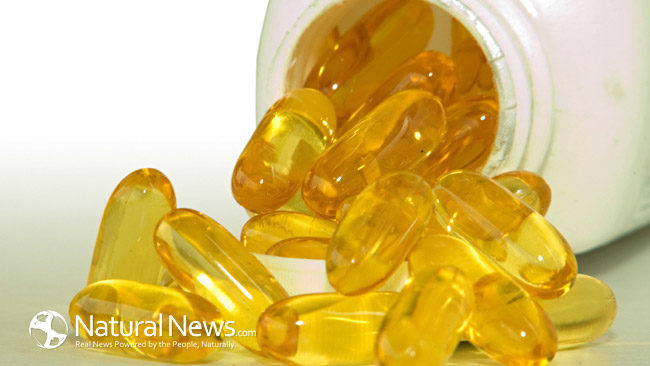There are three common forms of Omega-3 fatty acids you are likely to encounter in your food and your supplements. Those are: triglyceride, ethyl ester, phospholipid and free fatty acid. If you remember, the structure and breakdown of those various forms of essential fats are quite different, yielding the same Omega-3s, but very different when it comes to how efficiently the body can utilize them. Essentially, I’m talking about their bioavailability.
The term “bioavailability,” in this case, is important because it generally refers to the capability of the orally ingested Omega-3 fatty acids to be digested in the gastrointestinal tract and cross the intestinal wall, thereby entering the bloodstream and, subsequently, transported to the various body tissues and organs. The efficiency of this process, relevant to each form of fatty acid determines how much of the Omega-3s in the capsule you swallow ends up arriving at a target organ or body structure, i.e. joints, brain, eyes, heart, etc. Therefore, one of the most important aspects in considering Omega-3 DHA/EPA supplementation is bioavailability.
This is vital because if a certain brand of Omega-3 supplement is boasting “300mg of Omega-3s,” the trumpeting of such a concentration is a bit misleading if only a very small fraction of those Omega-3s actually survive digestion, break down, make it across the intestinal wall and are delivered to body tissues.
The question that now begs to be answered is, out of the available forms of Omega-3s – triglycerides, ethyl esters, phospholipids and free fatty acids – which form is the most bioavailable? Meaning, which form of fatty acids is going to deliver the highest concentration of DHA and EPA into the blood stream and to the various target tissues?
To quantify these data, a 1990 study found that absorption of Omega-3s in the form of free fatty acids was 50% greater than Omega-3 triglycerides, and triglycerides were absorbed 50% more efficiently than ethyl esters. In other words, free fatty acids are 100% more absorbable by the body than ethyl ester omega-3 fatty acids. There is little data on the bioavailability of phospholipids. The data that does exist suggests its bioavailability is similar to triglycerides.
Unfortunately, the vast majority of fish oils sold globally; including those sold in North America are EPA and DHA ethyl ester concentrates. A small percentage of fish oils on the market are natural triglycerides, phospholipids and/or free fatty acids. Marine Algae is a natural triglyceride and contains free fatty acids, promoting much higher bioavailability than fish oil.
According to these data, clearly, the ethyl ester group should be ruled out of your supplement buying choice. That leaves triglycerides, phospholipids and free fatty acids when you consider supplemental Omega-3s. What would be ultimately important then is the concentration of either free fatty acid, phospholipid and/or triglyceride Omega-3s in the supplement you consider.
Since the data suggests free fatty acids are more bioavailable than triglycerides, and phospholipids are similar to triglycerides, the Omega-3 supplement with the highest concentration of free fatty acids would deliver the most usable DHA and EPA. Assays show one particular extract, known commercially as PCSO-524 (do a google search), contains up to 22 times more free fatty acids than triglycerides found in some fish oil brands. Ethyl ester Omega-3s represent the bargain basement variety of fish oil supplements. You can buy a lot of them for not very much money, and the data demonstrates the Omega-3s they contain are the least bioavailable.
Buying live phytoplankton from sources like PhytOriginal will guarantee that you have the highest bioavailabity and least amount of waste. Originality delivers the fats through single celled plant organisms that naturally absorb very efficiently.
If your response to the foregoing is, “so what, I’ll just buy the cheaper brand and take more of it,” consider this: large doses of fish oil are contraindicated for people who bruise easily, are prone to bleeding or are taking blood thinning medications. Large doses of fish oil can also cause indigestion, diarrhea, and “fish burps.” Also, depending on the dosage, a large amount of fish oil can add needless fat calories to your diet. This could be a consideration if you are trying to lean out. Just six “double 0” size fish oil capsules contain about 120 calories. If you are trying to equal the free fatty acid potency of DHA and EPA with ethyl ester fish oil that is 100% less bioavailable than free fatty acid, then you need to take 100% more of it. Even if you can deal with the reported side effects of large doses of fish oil, to end up gaining body fat on top of it doesn’t seem like the best idea.
As the adage goes, “You get what you pay for.”
Source: http://www.vpxsports.com/





